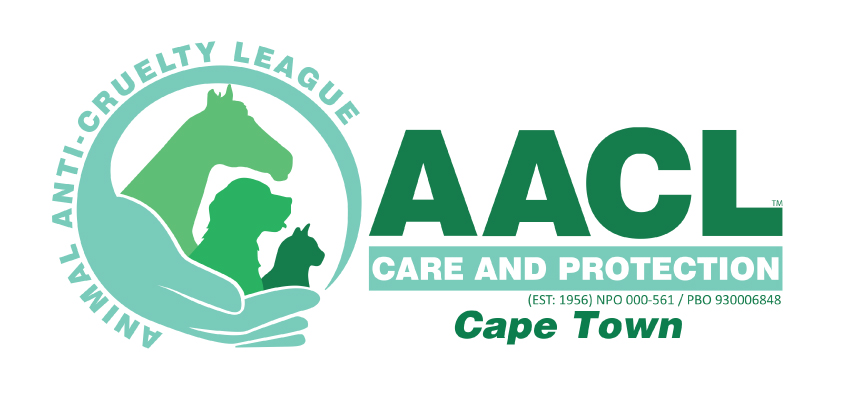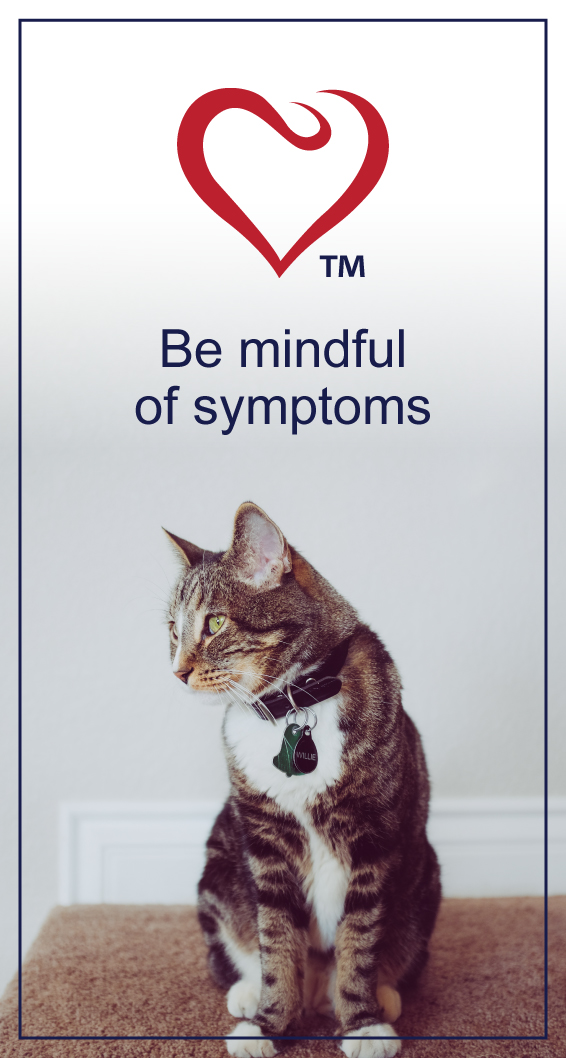HEALTH & WELLNESS

TRENDING

We’re excited and honoured to feature South Africa’s second largest independent animal welfare organisation on PetlifeSA.
Biliary (Babesia) and Ehrlichia in dogs

Ticks transmit a wide variety of pathogens that can cause serious disease
Ticks are considered to be the most important vectors of disease-causing pathogens in domestic animals. Because ticks feed repeatedly and only on blood, and have long lives, they are suitable hosts for many types of microbes, which exploit the ticks for transmission between one domestic animal and another. Ticks are thus known as vectors (transmitters) of microbes. If the microbes cause pathological changes, they are known as pathogens.
Biliary or Babesia (also known as tick bite fever)
Biliary fever is an illness of the liver affecting dogs. This is currently the most common infectious disease of dogs in Southern Africa. It is caused by a tiny parasite (Babesia canis) which is introduced into the body by a tick bite. This parasite then enters and destroys red blood cells resulting in anaemia.
Clinical signs of biliary
The first signs of biliary are lethargy, listlessness, loss of appetite and fever. Other common signs may include mucous membranes around the gums and inner eyelids becoming pale, white or yellow. Yellow faeces and brown or red urine also suggest the presence of biliary fever.
Ehrlichia in dogs
Ehrlichia is a tick-borne disease transmitted through the saliva of ticks and is common in dogs in South Africa. The bacterium Ehrlichia canis infects and kills the white blood cells.
Clinical signs of Ehrlichia
Clinical signs may be acute or chronic. These include lethargy, anorexia and weight loss, fever, bleeding tendencies (nose bleeds), anxiety and anaemia.
In South Africa, dogs frequently become coinfected with both Babesia canis and Ehrlichia canis.
Prevention of tick-borne disease
Tick control
Ask your veterinarian to assist you in choosing the best option from a wide range of spot-on formulations.
Vaccination
Vaccination as part of the integrated tick control strategy is also available. Your veterinarian will advise you on the vaccination protocol for dogs.
Environmental control
Maintain the environment to discourage ticks:
- Cut grass and weeds regularly.
- Fill in cracks and crevices that may provide tick habitat.
- Wash of bedding regularly.
- Ask your veterinarian about products registered for tick control in kennels.
Related Articles













